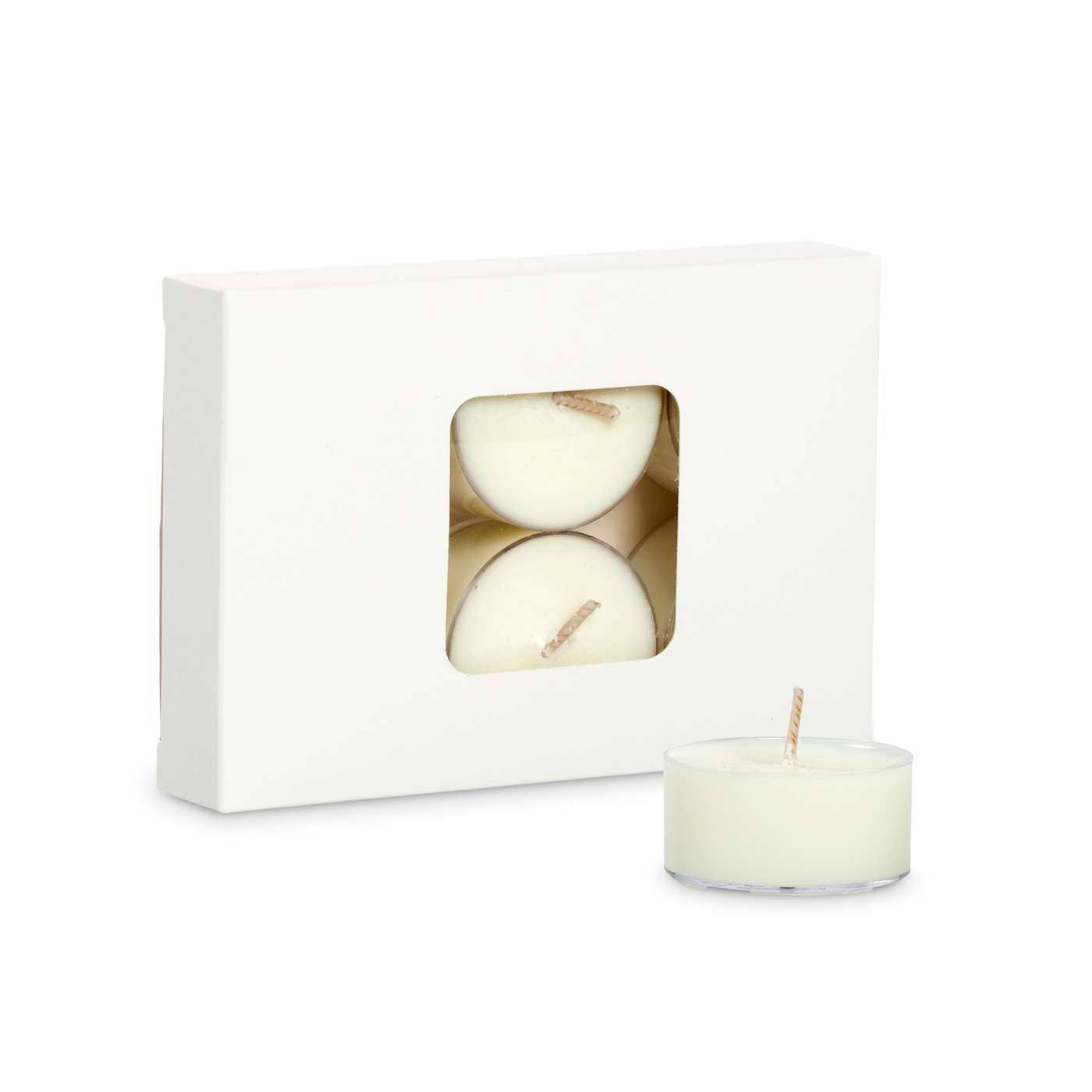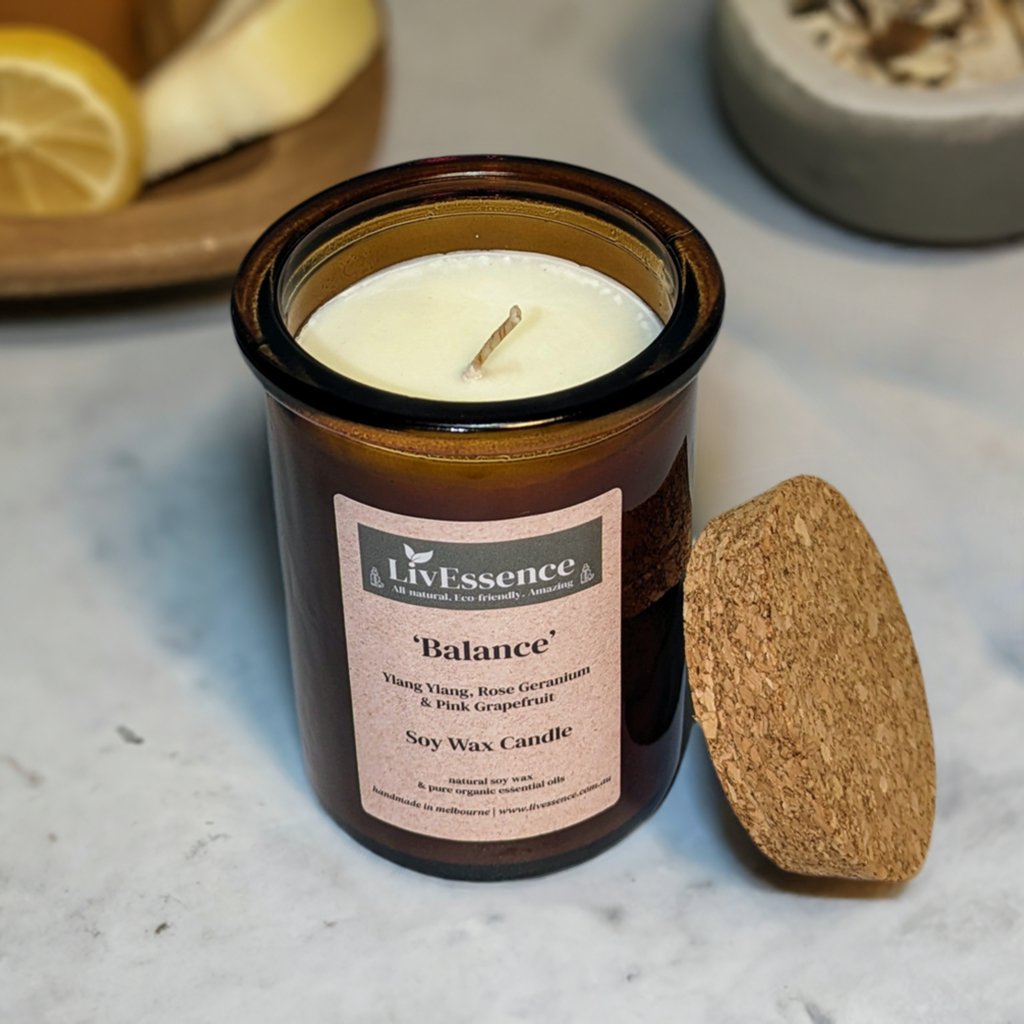Raise Your Area with Premium Soy Wax Candles and Home Fragrance
Raise Your Area with Premium Soy Wax Candles and Home Fragrance
Blog Article
From Wick to Wax: Recognizing the Chemistry Behind Soy Wax Candles and Their Environmental Impact
As we illuminate our areas with the cozy radiance of candles, there lies a world of elaborate chemistry behind the apparently simple act of lighting a soy wax candle. The option in between soy and paraffin wax prolongs past simple looks, delving into the realm of ecological influence and the very structure of the products. Understanding the molecular structure of soy wax and its combustion process sheds light on the discharges launched right into our environments. Join us as we untangle the clinical complexities behind soy wax candle lights and discover their ramifications on our setting.
Soy Wax Vs. Paraffin Wax
When comparing soy wax and paraffin wax for candle making, it is necessary to comprehend the unique qualities and benefits of each material. Soy wax is an all-natural, renewable energy originated from soybean oil, making it green and naturally degradable - soy wax candles. In comparison, paraffin wax is a byproduct of oil refining, which raises worries about its ecological impact and sustainability
Soy wax candles burn cleaner and release much less residue contrasted to paraffin wax candle lights, making them a healthier option for indoor air quality. Furthermore, soy wax has a lower melting factor, permitting a longer-lasting candle that disperses fragrance more effectively. Paraffin wax, on the other hand, has a tendency to burn faster and less cleanly, possibly launching harmful chemicals into the air.
From a sustainability point of view, soy wax is favored for its biodegradability and renewable sourcing, aligning with the expanding consumer preference for environmentally conscious products. While paraffin wax has been a traditional option in candle making because of its cost and ease of usage, the change towards environmentally friendly alternatives like soy wax is acquiring energy in the market.
Chemical Make-up of Soy Wax

Burning Refine in Soy Candles
The chemical make-up of soy wax straight affects the combustion process in soy candle lights, influencing elements such as burn time, aroma launch, and ecological influence. When a soy candle is lit, the warm from the flame thaws the wax near the wick. This liquid wax is then created the wick due to capillary action. As the liquid wax gets to the fire, it undergoes and vaporizes combustion. The burning procedure entails the vaporized hydrocarbons in the wax responding with oxygen in the air to create warmth, light, water vapor, and co2.
The burning efficiency of soy candle lights is influenced by the purity of the soy wax and the top quality of the wick. Additionally, soy wax candle lights have a lower ecological influence contrasted to paraffin candles due to their sustainable and biodegradable nature.

Ecological Advantages of Soy Wax

Thought about a lasting option to traditional paraffin wax, soy wax offers notable environmental benefits that make it a popular choice amongst eco-conscious consumers. Soy wax burns cleaner and generates much less soot than paraffin wax, adding to much better interior air web link top quality and minimizing the demand for cleaning and upkeep. Generally, the environmental advantages of soy wax line up with the expanding demand for lasting and eco-friendly products in the market.
Recycling and Disposal Considerations
Recycling and correct disposal of soy wax candles play a crucial duty in maintaining ecological sustainability and decreasing waste in neighborhoods and families. The very first step is to make sure that the candle light has shed totally when it comes to reusing soy wax candle lights. This can be accomplished by allowing the candle to melt until the wick is no more useful, and after that letting the staying wax cool and solidify. When the wax has solidified, it can be thoroughly gotten rid of from the container.

In regards to disposal, if recycling is not a choice, soy wax candles are eco-friendly and can be safely gotten rid of in most home waste systems. However, it is always recommended to get in touch with regional reusing centers or waste monitoring services for certain standards on candle light disposal to make certain correct handling and environmental management.
Verdict
In verdict, the chemistry behind soy wax candles reveals their ecological advantages over paraffin wax candle lights. Soy wax, derived from soybean oil, burns cleaner and creates much less residue when compared to paraffin wax.
When comparing soy wax and paraffin wax for candle production, click it is essential to comprehend the distinctive features and benefits of each product (soy candles).Soy wax candles melt cleaner and release much less residue contrasted to paraffin wax candles, making them a healthier choice for interior air top quality.Taken into consideration a lasting option to standard paraffin wax, soy wax offers significant environmental advantages that make it a prominent selection among eco-conscious consumers. Soy wax burns cleaner and generates much check these guys out less residue than paraffin wax, contributing to much better interior air top quality and lowering the demand for cleaning and maintenance.In final thought, the chemistry behind soy wax candle lights exposes their environmental advantages over paraffin wax candle lights
Report this page